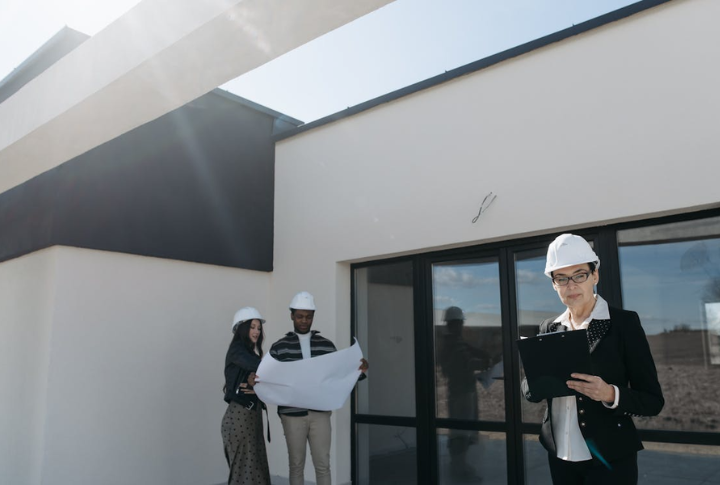
Robert Kiyosaki says multifamily investing is key to a secure retirement. But what makes this strategy stand out? We’ve gathered 10 unique insights that shed light on why it’s gaining traction. Curious about how it works and why it matters? Keep reading to explore the details of this strategy.
Strategic Leverage

Use other people’s money to finance multifamily properties and control valuable assets. With just a fraction of the total price, investors can access full cash flow and long-term equity growth. Refinancing strategies can also make way for additional funds without selling the asset.
Portfolio Power

As per Robert Kiyosaki, residential complexes let you manage more units with less effort and better financing terms. Instead of 12 separate homes, a 12-unit building centralizes systems, saving time and money. As you scale, operating costs often drop per unit while rental income grows.
Reliable Cash Flow

Multifamily investing provides monthly income that can support retirement living expenses. Rental payments cover costs and produce a reliable profit. Many investors structure portfolios specifically for income stability, using rent increases and steady demand to offset inflation and maintain predictable financial flow.
Equity Growth

Every rent payment contributes to paying off your loan, slowly building your equity. Over the years, your debt decreases while ownership rises. This passive equity growth adds to your net worth, even if property values stay the same, which makes tenants a key wealth-building tool.
Long-Term Upside

Property values increase over time due to upgrades and neighborhood improvements. Strategic renovations or market growth can boost resale value significantly. Appreciation builds wealth without needing to sell and offers long-term benefits beyond monthly income or short-term gains.
Inflation Shield

Robert Kiyosaki believes that multifamily real estate generally increases in value and rent during inflation. This protects your investment’s real buying power. As living costs rise, rent adjustments help maintain profit margins. Unlike savings, real estate often earns more when inflation spikes.
Tax Breaks

Real estate offers unique tax benefits like depreciation and deferred capital gains. These reduce taxable income and enhance returns. Investors can use legal strategies like 1031 exchanges to delay taxes when upgrading properties while keeping more money in their hands.
Hands-Off Growth

Professional managers handle day-to-day operations like leasing and maintenance. This allows investors to earn returns without being involved. With good management, even absentee owners can grow wealth through property performance and consistent occupancy. Bonus: no stress of hands-on work.
Built-In Diversification

Residential complex properties reduce risk by having multiple tenants. If one moves out, the others still generate income. This structure provides stability and spreads exposure across different renters. Income doesn’t rely on just one source, which makes financial shocks easier to manage.
Legacy Wealth

Multifamily assets can be passed to children or refinanced for retirement income. These properties offer long-term stability and wealth transfer opportunities. Families benefit from inherited income streams and equity, building financial security across multiple generations.
